The past three months have been a glorious opportunity for reading and viewing and have I taken advantage of them!!
BOOKS
I have read 9 works of fiction over the past three months and they have been a mixture of ‘the very best of the year’ and (predictably) a few books that haven’t engaged me so much. In order of what I’ve read:
The Romantic by William Boyd. I love reading William Boyd’s novels and this is no exception. Set across the nineteenth century and across four continents (Europe, Asia, Africa, North America), it is a picaresque novel based around the extraordinary escapades of one Cashel Greville Ross (who in turn is a scholar, author, soldier, farmer, explorer, felon, diplomat and lover) and his interactions with such luminaries as Lord Byron, Mary Shelley and Sir Richard Burton (the explorer). A Guardian reviewer described the novel as “a rumbunctious, swashbuckling tale told with panache by a master story-teller”. I couldn’t agree more. It is a page-turner that brings key events of the nineteenth century (including the Battle of Waterloo) vividly to life.
The Marriage Portrait by Maggie O’Farrell. I feel for authors whose previous novel (in this case Hamnet) is so beloved that expectations for the new novel are unrealistically high. This was the case for me with The Marriage Portrait and my expectations were not entirely met. The subject matter – inspired by Robert Browning’s My Last Duchess – intrigued me: the Medici family in 16th century Florence; a political union between a strong-willed and creative child bride and a despotic Duke; upstairs and downstairs lives in Florence and Ferrara. But, except for its final chapter, this novel did not engage me as I had expected. I enjoyed immersing myself in Renaissance Italy but ultimately there was too much extraneous detail and too many unrealistic plot points to draw me in fully. To me, it was like admiring the detail and artistry of a medieval tapestry without engaging in its inner life.
All the Broken Places by John Boyne. This novel, a sequel to Boyne’s The Boy in Striped Pyjamas and set between London, Paris and Sydney in the period 1946-2020, is very engaging and highly readable like all of Boyne’s novels. Described by Boyne as being about ‘guilt, complicity and grief’, it focuses on 91-year old Gretel Fernsby (sister of the titular boy in striped pyjamas) and her experiences with guilt, complicity and grief in relation to her family, friends, neighbours and (most importantly) the past. Boyne is a good story-teller – I love his art of finishing chapters on cliff-hangers and making you hang out for the follow-up which is often not in the next chapter. But I ultimately found this particular novel to be just a little too manipulative and melodramatic for me. I sensed a writer too deliberately trying to tie loose ends together at the end. But for Boyne fans – and I am definitely one – it is still well worth reading.
Our Missing Hearts by Celeste Ng. Set in a future of American dystopianism, in which children of parents who are deemed to be ‘unpatriotic Americans are removed from their families, and people of Asian (particularly Chinese) origin are deemed to be the cause of ‘the American downfall’, this vivid, elegant and poetic novel is ultimately about the power of words, as used for both destructive and redemptive purposes. The central character, a boy searching for his mother who he has not seen for three years, is constantly reminded of the power of words as they lead him in diverse directions toward his missing mother. With occasional exceptions, this novel is not about the brute force of it dystopian context, but it is all the more powerful because of its subtle suggestiveness.
Demon Copperhead by Barbara Kingsolver. This epic novel – in all senses – is wonderful. Ultimately, it is the story (from birth to young adulthood) of a boy growing up in the Appalachian Mountains amidst extreme poverty, deprivation, cruelty and addiction. But the boy (telling his own story) is highly likeable, irrepressible and full of artistic talent that you hope will find its outlet throughout the novel. But the cleverest aspects of Kingsolver’s magnificent story-telling are the narrative connections she makes with Dickens’ David Copperfield. The kind-hearted Peggottys, the unfortunate Micawbers, the creepy Uriah Heep, the vile Steerforth, the eccentric but kindly Betsy Trotwood and the cruel Murdstone are (amongst others) all there in updated forms. But this inclusion is not just a clever trick played out by Kingsolver – they fit beautifully into the contemporary world of economic and social disaster. Knowing these characters (as well as the title character) from my long-age reading of Dickens’ classic amplified the antics of their contemporary equivalents. In a very clever authorial aside, Kingsolver says midway through the book in Demon’s voice: Dickens (who Demon has read at school) is “one seriously old guy, dead and a foreigner, but Jesus Christ did he get the picture of kids and orphans getting screwed over and nobody giving a rat’s ass. You’d think he was from around here”. This says it all in this clever and very moving novel. It is ultimately a wonderful blend of two of my favourite novels – The Lincoln Highway and A Little Life.
Bournemouth by Jonathan Coe. I so looked forward to reading this state-of-the-nation (England) novel, having loved Coe’s previous state-of-the-nation novel, Middle England. For I knew of Coe’s wonderful technique of moving middle-class characters through key events in 20th/21st century English history – in this case, the celebration of VE Day, the Queen’s coronation, the winning of the World Cup, Charles’ investiture as Prince of Wales, the wedding of Charles and Diana, Diana’s funeral and the onset of the pandemic. But although I was greatly moved in parts – especially the final section in which a main character’s Covid-related death closely mirrored the mother of the author’s own Covid-related death – I did not feel totally satisfied by this novel. This was partly because I found it largely predictable (as soon as a main character comments as a 20-year old in the 1950s that there were “a lot of coloureds on the bus” you know what sort of middle-aged and elderly man he is going to grow into) and partly because I had just read a book (Demon Copperhead) in which characterisation was so rich that I unsuccessfully sought the same richness in this novel. Probably unfair of me. Still, Coe is a wonderful and very vivid writer – he captures the nuances of middle-class life beautifully – and I already look forward to his next novel. It’s just that I was not, unfortunately, in the mood for middle-class life at this point in time.
Lessons in Chemistry by Bonnie Garmus. Over drinks with my friend Carole Beu (owner of the Women’s Bookshop in Ponsonby) I asked her what was the biggest-selling Xmas book this year. That she named Lessons in Chemistry didn’t surprise me – it is funny, it is accessible, it is very well written and it has a very satisfying end. But above all, it has something to say. The story of a staunch and highly intelligent female scientist in the 1960s finding her way in the scientific world, it explores the social obstacles (mainly because of her gender) that prevent any type of scientific career; but also her way around this. Hence the satisfying end. But I personally sought more depth in the book – yes, it has a strong social/political/feminist message but I wanted to be more emotionally engaged in the main character’s plight. But it is enjoyable and very easy to read.
Shrines of Gaiety by Kate Atkinson. This is another novel by the wonderful Kate Atkinson set firmly in the past, this time 1926 in London. Populated by a beautifully drawn range of Dickensian characters – Nellie Cocker, owner of five Soho nightclubs; her six children; diverse law enforcers (not all of whom remain on the right side of the law); gangsters and ‘gold seekers’ from the provinces – it is another plot-driven joy-ride by Atkinson. Although the content is sometimes very dark indeed, the tone is always exuberant and effervescent. This page-turner fair pops along. Yes, there may have been too many plot coincidences and contrivances, but this did not stop me really enjoying and appreciating this very well-written novel.
The Furrows by Nawali Serpell. I read this novel because I had loved Serpell’s first novel (The Old Drift) so much and because the New York Times had rated it as one of the five best novels of 2022. I was, however, ultimately disappointed. Set across America, it is a novel about grief – a mother refusing to accept the death of a child, a father accepting the death and moving his life forward, and a sibling accepting the death but not being able to move on. But its lyrical and enigmatic approach to it theme did not engage me. Or was it that my expectations were too high (after The Old Drift) and were not met as I had hoped? Whatever the reason, I cannot wholeheartedly recommend this novel, but this won’t stop me reading anything else that she writes. Well, for the time being anyway…..
MY NOVELS OF 2022Of the 29 novels I read in 2022, two particularly stood out for me: The Trees (by Percival Everitt) and Demon Copperhead (by Barbara Kingsolver). Both are American but this is coincidental. Both magnificently present great stories, are wonderfully written and (most importantly) have something significant to say about the world we live in. Both will haunt me for a long time for different reasons. Herman Diaz’s Trust (about greed and capitalism) would be a very close runner-up. Other books that I would highly recommend from my 2022 reading – mainly because they are page-turners that ‘spoke to me’ and made me laugh or cry according to their purpose – are:
|
FILM GOING
I have watched seven movies over the past three months, including two that I would rate amongst my best of 2022:
The Banshees of Inisherin. Martin McDonagh is a wonderful story-teller. He tells his latest black and bleak (but very funny from time to time) Irish story beautifully with Colin Farrell giving a wonderful central performance. This film – about people talking past each other to the point of no return – is not for everyone. Some of my friends could not get past its brutalism, but I loved it just as I love the classic but bleak Irish drama of Sean O’Casey and JM Synge.
The Fabelmans. Steven Spielberg is another wonderful story-teller and this film (in which he depicts his growing up) moved me immensely. It is subtle but engaging – a Jewish boy growing up in 1950s and 60s America and following his dreams. For a while I thought it was going to be saccharine and sweet but then it punches you in the stomach. Following any dream has to have its pitfalls. The cast is fabulous, but Michelle Williams (as the fragile mother) stood out for me.
Other films I watched in this period were:
My Policeman. I had previously read and really enjoyed this book (by Bethan Roberts) about a conventional marriage in 1950s England and the third party (the titular policeman) who enters the relationship. Being set in the 1950s, it also explores the consequences of unconventional relationships. I thought the film-making was clever – set both in the 1990s and the 1950s – and this film engaged me throughout.
The Menu. This is an extraordinary film and saying too much about it would ruin it for others. Ultimately, it is about the pretentiousness of haute cuisine and the ramifications of greed and envy. With Ralph Fiennes playing the cult-like figure of a master chef, you can well imagine. Think The Cook, the Thief, His Wife and Her Lover from the 1980s…..
Operation Mincemeat. I like WWII romps, especially if they’re depictions of real stories, and this epitomises this film. Starring Colin Firth, it’s a blend of quite thrilling espionage and ingenious fiction as British intelligence officers work to outwit the German army in capturing Sicily as a strategic move. This is a good plot-driven movie.
Amsterdam. I watched this movie because of its great cast (Christian Bale, Margot Robbie and John David Washington) and I was ultimately pleased that I did even though it’s not high art. Set in the 1930s and involving a group of friends who get involved in the solving of a murder they have witnessed, this is a very enjoyable film with high production values. It reminded me of a film I enjoyed very much in 2021, Nightmare Alley.
Glass Onion: A Knives Out Mystery. This is another highly enjoyable film with great production values. Five friends are on the Greek Island home of a billionaire and it turns out that they all have a reason for murdering him. Who does and what happens? I enjoyed this movie even more than I did the original Knives Out.
TELEVISION WATCHING
Over December and January, I had the luxury of lots of time to browse and watch streamed shows.
The White Lotus (Neon). Having loved the first season, I hung out for the second. Set again in a luxurious hotel (this time in Sicily) and involving the escapades of the wealthy (some of whom are obnoxious to say the least), I laughed and shouted and cried (mainly laughed) as they got themselves into more and more trouble. The ending of the final episode is a blast. My friends and I are still talking about it.
The Bear (Disney+). I almost gave up on this 8-part series after the second episode – too many unlikeable characters and too much shouting. But I was so pleased it didn’t. Set in Chicago in a downmarket sandwich shop, you get to know the characters so well (especially the new owner who has unwillingly inherited the shop from his junkie brother) and I just loved going through their highs and lows.
Slow Horses (Apple). This third season of this great series again involves the team of down-and-out MI5 agents (headed by the wonderful Gary Oldman) investigating some double-agent shenanigans, this time involving Russian agents. Again, I loved this – highly recommended if you’re prepared to do a bit of thinking as it plays out. Hanging out for the fourth season already.
A Spy Among Friends (TVNZ+). Yet another espionage series but this time based on a real-life spy story – the defection of Kim Philby (Russian agent) from Beirut to Moscow in 1963. Was he or was he not assisted by his close MI6 friend Nicholas Elliot in this defection? As EM Forster once said, ‘Given a choice, I would rather betray my country than my friend’. Another slow-burning but engaging series. Based on a non-fiction work by the wonderful Ben Macintyre.
SAS Rogue Heroes (TVNZ+). A pattern is emerging here. I loved this fast-paced, in-your-face series, again based on a non-fiction work by Ben Macintyre and again involving British military getting the better of their Nazi counterparts – this time in North Africa. Most of the main characters are ‘mad’ – especially the Irishman played by the wonderful Jack O’Connell – but this is what makes the series so exciting. Could soldiers actually behave like this? Apparently so. Can’t wait for the follow-up season so we can check out what the Irishman’s up to as he leads the team.
Litvenenko (TVNZ+). Again Russian and espionage but this one is set in London with the wonderful David Tennant playing the main character. Litvenenko was a KGB agent who went into exile in London and was poisoned by Russian agents. This three-parter involves the British police trying to prove Russia’s (and particularly Putin’s) direct involvement in the poisoning. Really fascinating.
Fleischman is in Trouble (Disney+). I’m not sure about this series. I watched it because I had read and enjoyed the book (by Taffy Brodesser-Akner) a few years back and it reminded me of Woody Allen at his best – a liberal New York household experiencing marital problems. I kept with the series though wanted a lot more of the wife (played by Clare Danes) rather than the husband (played by Jesse Eisenberg). Quirky, though not wholly satisfying.
Smiley (Netflix). This Spanish language series bowled me over and made me feel good. Set in a gay bar in Barcelona, it’s about a budding relationship between a very cute young barman and an older man who would appear to be his very opposite. The main actor (Carlos Cuevas) is so great that we’re now watching a series that involves him and his friends studying philosophy at university, again in Barcelona (Merli). Needless to say, it’s more than about studying philosophy…..
Finally, I’ve also had a chance to catch up with the latest seasons of two of my favourite Scandi series: Borgen (politics from Denmark) and Trapped (police officers from Iceland). Both as good as ever.
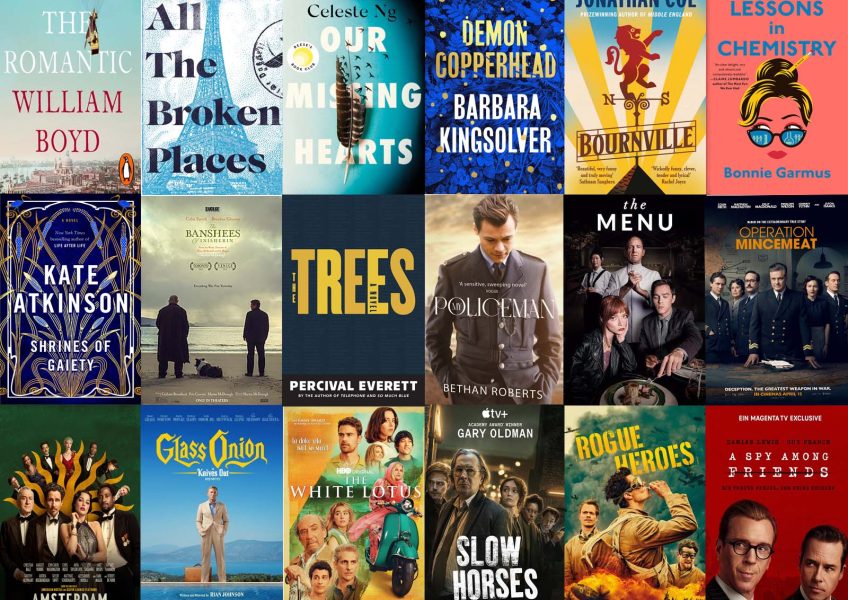
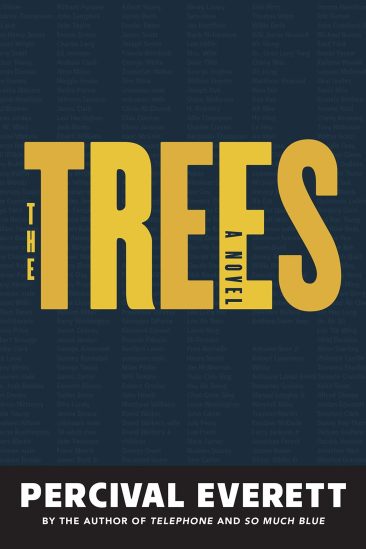
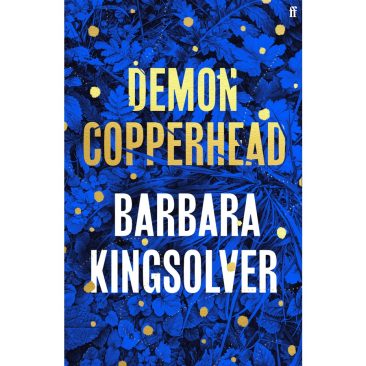
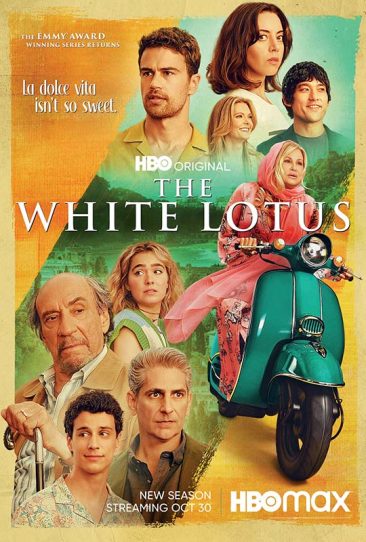

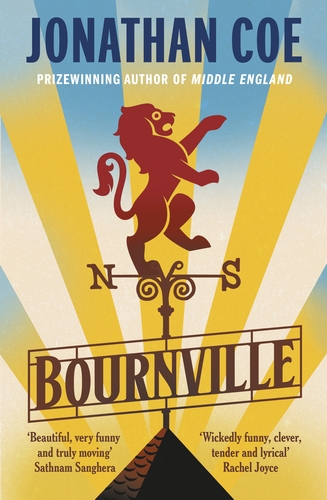
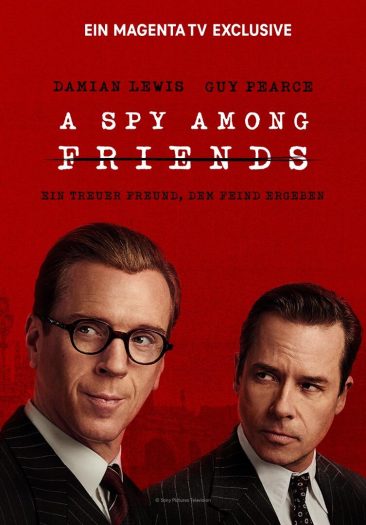
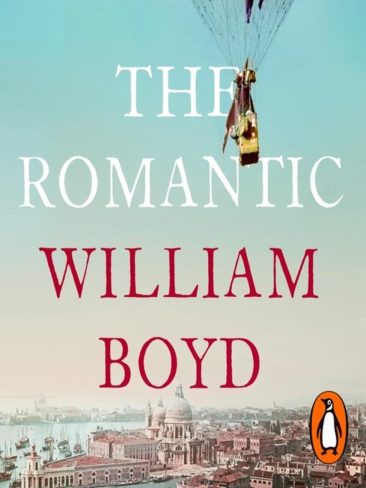
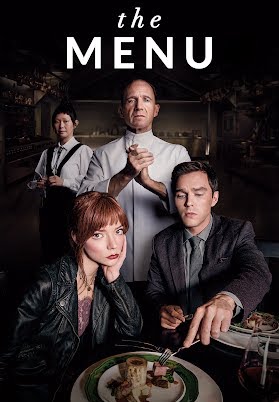
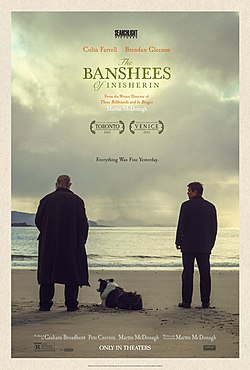
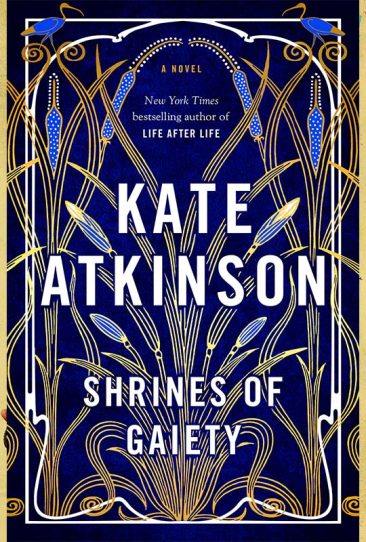
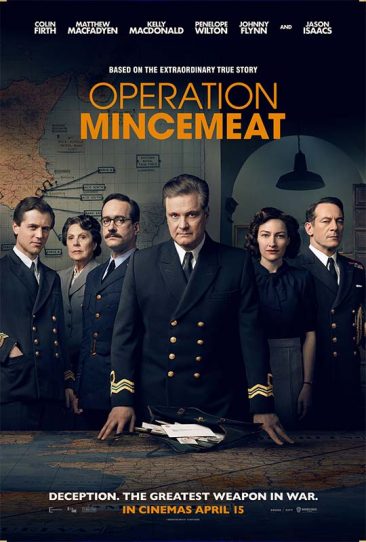
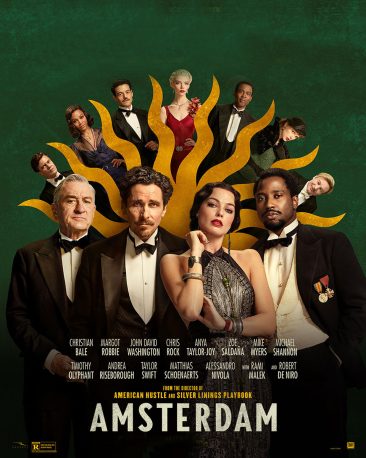
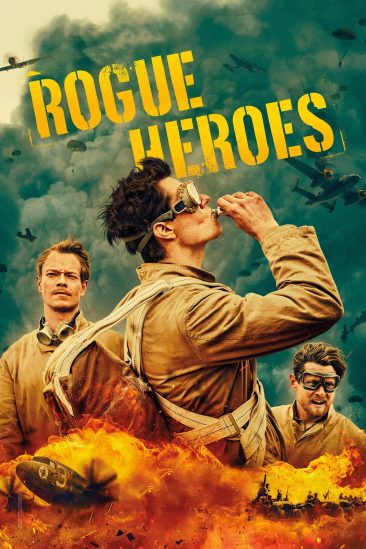
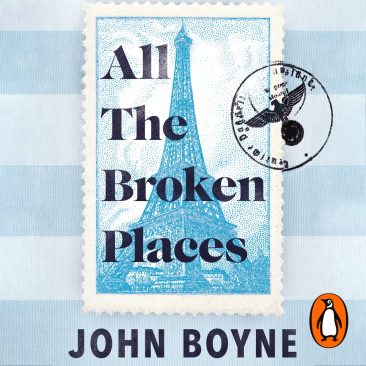
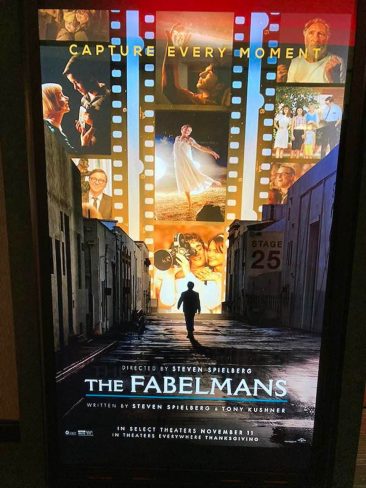
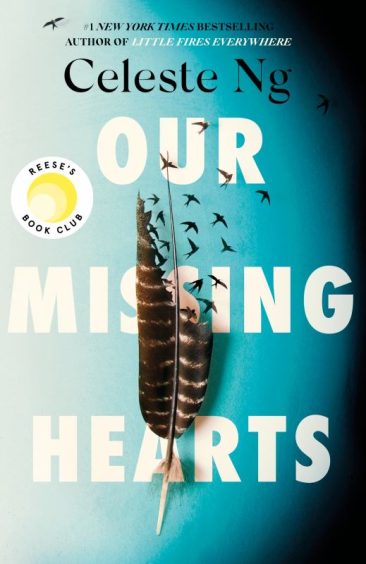
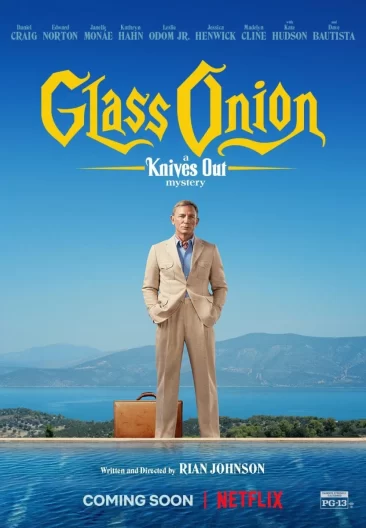

Suzy O’Brien
At last I have found your blog Dr Gadd. Having put me on to A Little Life and The Love Songs of W.E.B du Bois I was so looking forward to reading your 2022 recommendations.
Thank you,
A Fan
Lesley Mitchell
I order all of your recommendations through the library and am never disappointed. Have just finished ‘Our Missing Hearts’ and now onto ‘The Trees’ – both amazing. Keep posting these art blogs. You have become my go-to reviewer!